Stanislaus Kostka in Recklinghausen-Suderwich. The portrayal of a Polish national saint in a stained-glass window in the St.-Johannes-Kirche church
Mediathek Sorted







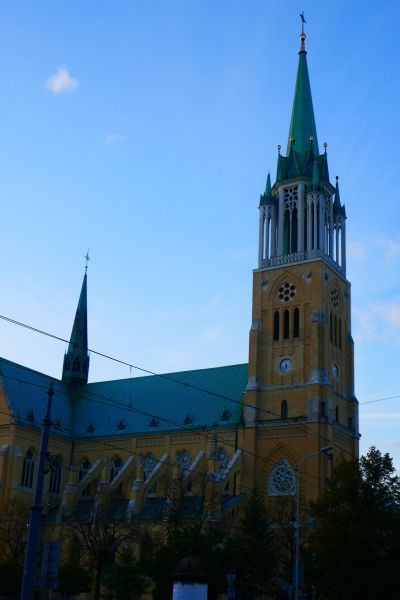


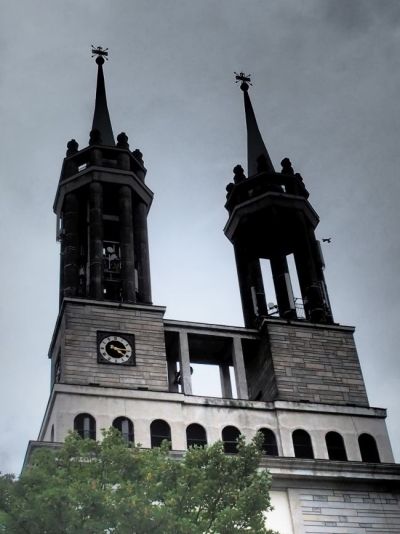








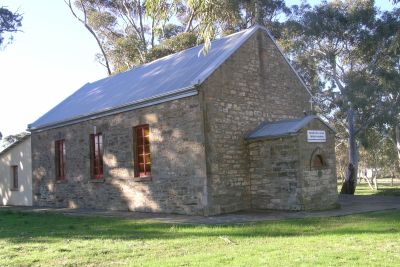









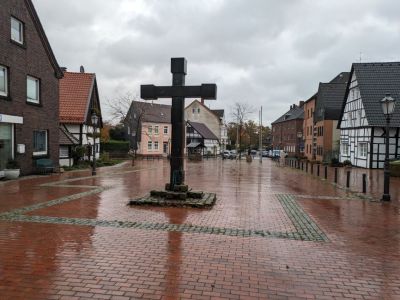


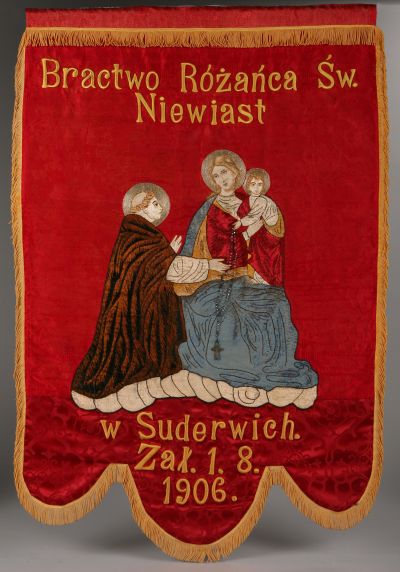














Concluding comments
During the Counter-Reformation, the Jesuit novice Stanislaus Kostka, who died at such a young age, provided the ideal image of a saint with his passionate, uncompromising love for Jesus and the mother of God. The fact that – according to the Catholic version of the story – he offered military assistance to his home country from the next world also qualified him as a powerful patron saint of Poland. Even in the industrial age, this act of support in favour of national integration was still of major political significance, since between 1795 and 1918, there was no longer any such thing as a Polish state following its three territorial partitions.
From the end of the 19th century onwards, Polish migrants spread the Stanislaus cult all over the world. Reverence for the saint also became an important feature of their lives in the Rhenish-Westphalian mining region. This was certainly helped by the fact that thanks to Stanislaus’ legendary vision, a connection could be made to the veneration of St. Barbara, the patron saint of miners.
During that period, the cult surrounding Stanislaus Kostka arose against a tense political backdrop in which confessional, social and nationalist elements played a part. The choice of images for the church windows in Suderwich can also be interpreted with this in mind. The starting point here is the central Joseph window, which shows the foster father of Jesus as Ecclesiae Patronus . Here, the wishes of Pius IX are taken into account in a manner that demonstratively refers to the power of the papal primate over the Catholic church in Germany. At that time, in Protestant-dominated Prussia, “Ultramontanism” of this kind was regarded as an expression of insufficient loyalty to the fatherland.
The picture includes the village church and the pit frame of the King Ludwig IV/V mine, thus clearly placing the transfiguration of St. Joseph in Suderwich. Here, the carpenter from Nazareth is also the patron saint of the local farmworkers and miners. Two local societies document the fact that the Polish miners and their wives also venerated the foster father of Jesus.
From the perspective of the Prussian authorities, during the late imperial period, the Polish citizens were not only unreliable as a result of their Catholicism. It was their national identity in particular that made them the subject of suspicion. Despite various disagreements among German and Polish Catholics, they were united in their open rejection of the Protestant-dominated self-understanding of the state by their shared veneration of saints who were typical for the Ruhr region – both Joseph and Barbara – and by their committed support for Ultramontanism.
With the Joseph cult in mind, one can take another look at the Stanislaus window portrait: while no written confirmation is given that the window has been funded by a Polish organisation, it does express ultramontane Catholic piety and Polish national identity set against the context of the political environment at the time. Overall, therefore, the set of stained-glass windows in Suderwich is an impressive testament to the multi-faceted history of the Ruhr region, including the “Ruhr Poles” who lived there.
Thomas Parent, May 2024
Selected bibliography
“König Ludwig” working group in the Förderverein Bergbauhistorischer Stätten e.V. and Christoph Thüer (ed.): Unsere Zeche König Ludwig. Wiege der Ruhrfestspiele und mehr…, Werne 1905.
Burghardt, Werner: “Die polnischen Arbeiter sind … fleißig und haben einen ausgeprägten Erwerbssinn …”. Zur Geschichte polnischer Bergarbeiter in Recklinghausen, in: Bresser, Klaus und Christoph Thüer (ed.): Recklinghausen im Industriezeitalter, Recklinghausen 2000, p. 401–423.
Festschrift zum 50jährigen Jubiläum des katholischen Knappen- und Arbeitervereins St. Barbara, Recklinghausen 1932.
Haida, Sylvia: Die Ruhrpolen. Nationale und konfessionelle Identität im Bewusstsein und im Alltag 1871–1918, phil. diss. Bonn [mach.] 2012.
Schäfer, Joachim: Artikel Stanislaus Kostka, Ökumenisches Heiligenlexikon, https://www.heiligenlexikon.de//BiographienS/Stanislaus_Kostka.html (accessed on 28/1/2024).
Schröder, Heinrich: Fest- und Heimatschrift der Pfarrgemeinde St. Johannes Recklinghausen-Suderwich zum 50. Jahrestag der jetzigen Kirche am 20. Oktober 1904, Recklinghausen 1954.
Zillessen, Walter: Die Predigt der Bibelfenster von St. Johannes in Suderwich, Recklinghausen-Suderwich 1987.
Zillessen, Walter: Kirche im Zeitalter der Industrialisierung am Beispiel Suderwichs, in: Möllers, Georg and Richard Voigt: 1200 Jahre christliche Gemeinde in Recklinghausen, Recklinghausen 1990, p. 185–198.






















































































